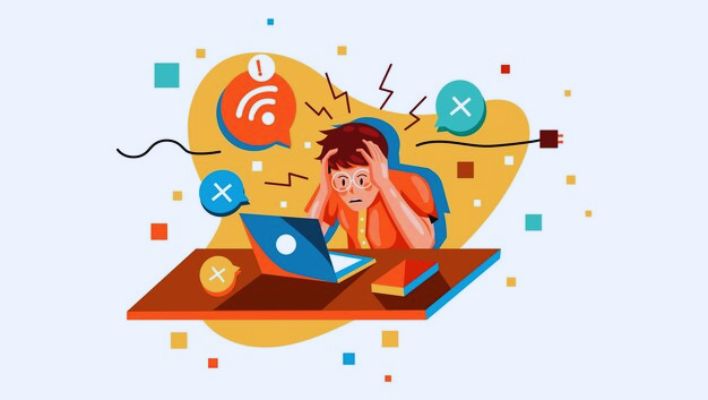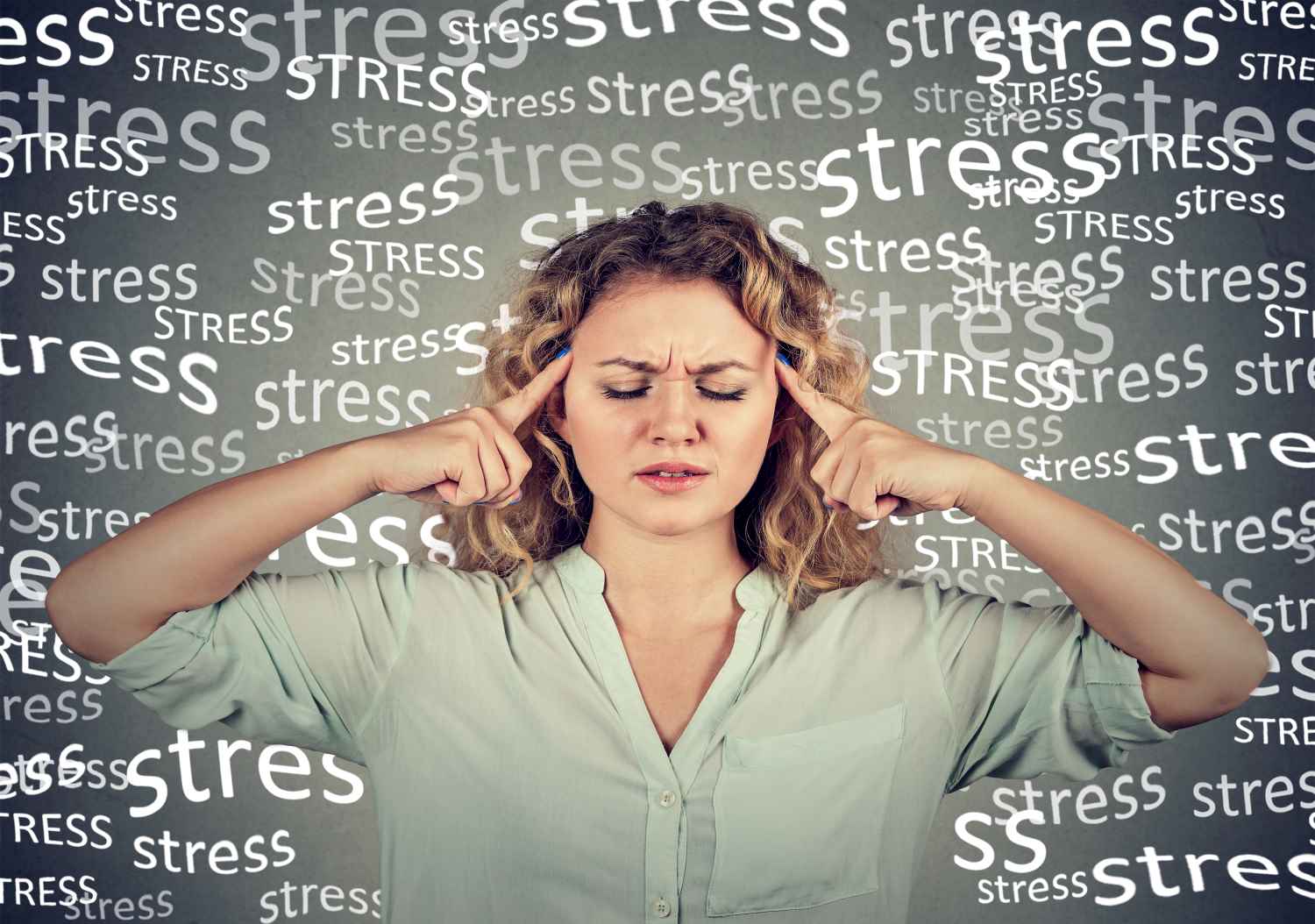Do you feel overwhelmed by continuous information, screen fatigue, or always being available? That’s digital stress in action. In a world where technology is both essential and dull, the control of digital stress is important to maintain mental welfare. This article delays action -rich steps to create its effects on mental health and actionable steps to create a balanced, stress-free digital life.
What Is Digital Stress?
Digital stress affects mental and emotional welfare due to excessive screen time and continuous online engagement. Information overload, social media pressure, and digital requirements related to work often contribute to this stress. As a result, anxiety, sleep disorders, and less focus are common. Since technology is integrated deep into daily life, you help manage, determine boundaries and take an attentive break, to maintain a healthy balance between digital and the real world.

Major Symptoms Of Digital Stress And How To Identify Them
Digital stress creeps in silently but shows clear warning signs. Watch for these symptoms:
🔹 Physical Signs
- Eye strain, headaches, or neck pain from screen use
- Poor sleep due to late-night scrolling
- Fatigue even after adequate rest
🔹 Mental & Emotional Clues
- Anxiety when separated from your phone
- Feeling drained after social media use
- Difficulty focusing on offline tasks
🔹 Behavioral Red Flags
- Checking devices compulsively
- Neglecting real-world relationships
- Losing track of time online
Quick Self-Check:
If you regularly experience 3+ of these symptoms, you may need to address digital stress. Small changes such as display time limits or technical-free brakes can help restore balance.
Digital Stress And Mental Health: How Technology Affects The Good
The relationship between technology and mental health is composed. While digital tools help us stay connected, overuse can lead to:
- Increased anxiety and depression – Constant notifications and social comparisons create pressure.
- Sleep disturbances – Blue light from screens disrupts melatonin production.
- Reduced focus – Multitasking between apps lowers productivity.

Preventing Digital Stress In Children: A Parent’s Guide
Children are particularly sensitive to digital stress, making digital literacy an essential skill in education. Teaching children how navigation technology helps them develop healthy screen habits is a responsibility. Parents and teachers can use the following strategies to prevent digital stress:
- Determining screen deadlines: Regulating how much time is spent on devices can reduce addiction and mental fatigue.
- Encouraging offline activities: Physical play, reading, and dedication to external experiences promote a good lifestyle.
- Education about online security: Teaching children about cyber dangers and responsible internet use makes flexibility against online threats.
By incorporating this practice, parents and teachers can promote a healthy balance between digital and real experiences.
Read More: The Neuroscience of Habits

Screen Time Pros And Cons
It is necessary to balance screen time to maintain mental and physical health. Some pros and cons include:
Pros:
✔ Access to information and learning resources
✔ Improved communication and social connection
✔ Entertainment and creativity opportunities
Cons:
✘ Increased risk of digital addiction
✘ Eye stress and sleep disorders
✘ Reduced conversation face-to-face
To maximize the benefits when reduced deficiencies, it is necessary to determine the limits of digital use.
Digital Stress And Social Media: To Break The Cycle
Social media is a major contributor to digital stress. Research shows the ways social media affects physical health, including:
- Eye strain and headaches from prolonged scrolling.
- Poor posture (text neck) from using phones.
- Fomo (fear of disappearance) increases stress hormones.

Questions To Ask About Social Media And Mental Health
To better understand the effect of digital stress, individuals can reflect on big questions, such as:
- How does my social media usage impact my emotions?
- Do I feel pressured to compare myself with others online?
- Am I using social media to connect or to escape?
- How can I make healthy digital habits?
By addressing these questions, individuals can be more aware of their digital consumption and make informed alternatives for their good.
Managing Digital Stress For Students: Practical Strategies
Students are often facing digital stress due to professional requirements, social expectations, and long-term exposure to screens. Effective time management for pupils in secondary school and beyond is important to maintain a healthy balance. Practical strategies include:
- Priority for tasks: Using planners or digital tools to plan allocation helps reduce stress at the last minute.
- Taking breaks: Pomodoro technique (working at concentrated intervals with small breaks can increase productivity and reduce digital stress.
- Use of attentive social media: Encouraging students to follow positive content and limit a stressful online environment can improve their mental health.
Educational institutions should also include digital welfare programs to effectively handle digital stress.

Expert Tips To Overcome Digital Stress
Feeling overwhelmed by constant connectivity? Try these research-backed strategies to manage digital stress:
🔹 Set Tech Boundaries
- Designate screen-free times (meals/bedtime)
- Turn off non-essential notifications
🔹 Practice Mindful Tech Use
- Ask "Do I need this now?" before unlocking devices
- Try the 20-20-20 rule (every 20 mins, look 20 feet away for 20 secs)
🔹 Rebalance Your Routine
- Schedule daily offline activities
- Keep devices out of the bedroom
Pro Tip: Start small - even 30 minutes of digital detox daily can significantly reduce stress levels. However, digital stress is manageable when you take conscious control of your tech habits.
Read More: OCD Staring: Causes, Symptoms & Treatment


